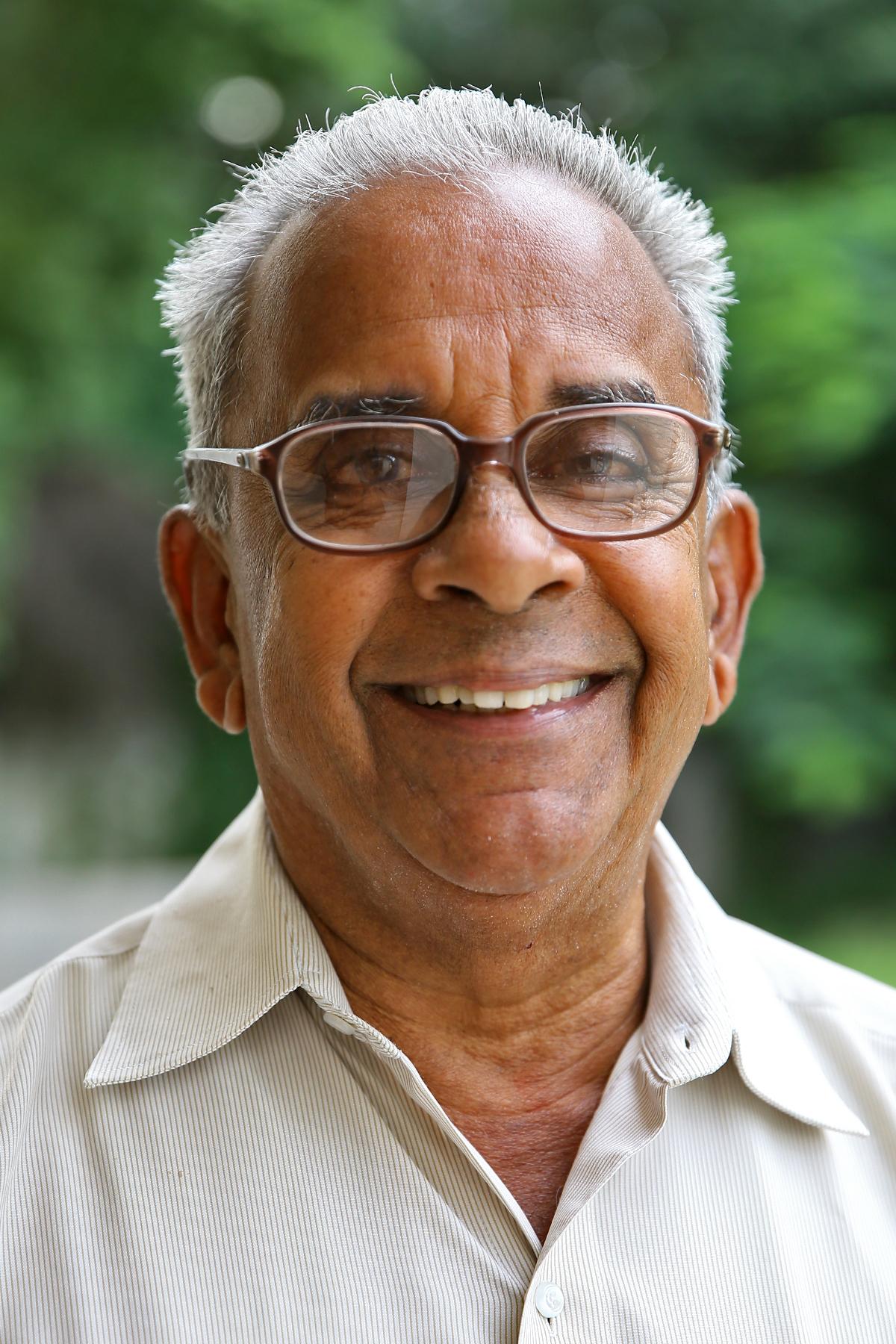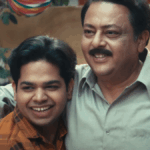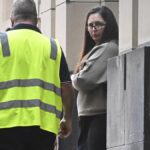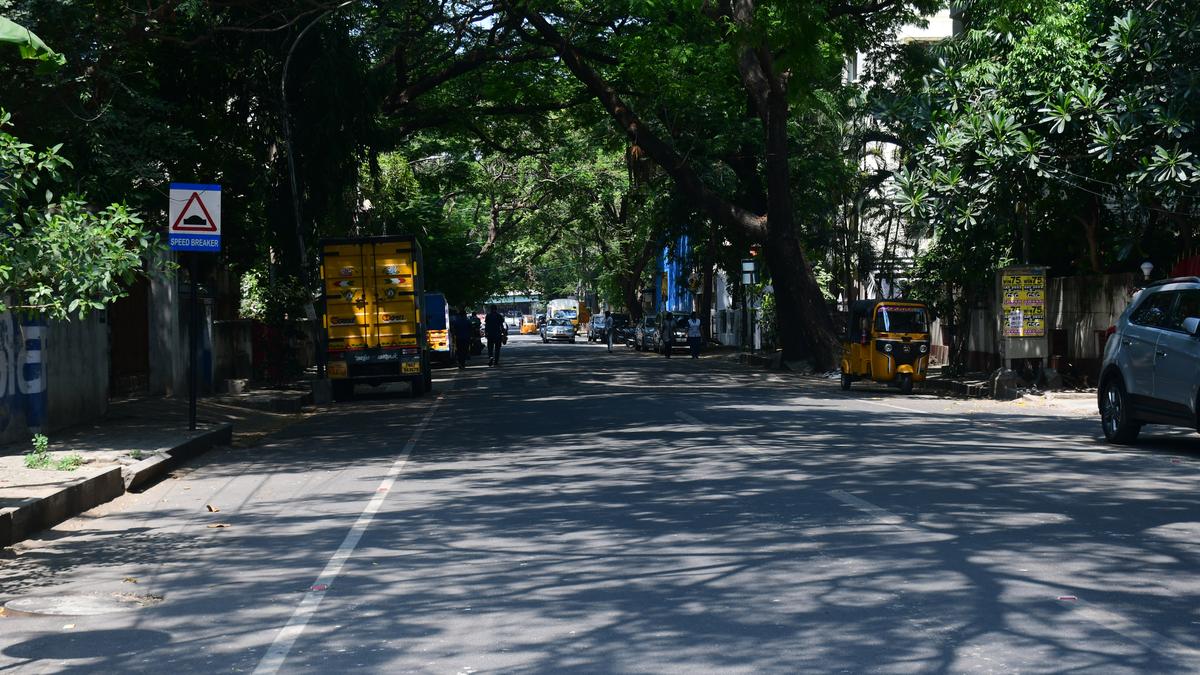
The decades-old avenue trees on Gandhi Nagar Fourth Main Road
| Photo Credit: M. Srinath
Our family moved to Adyar in 1958 when I was 11. We stayed in an independent house on IV Main Road, Gandhi Nagar.
Gandhi Nagar consisted of only independent houses then, with each house having an open well. It has an interesting history: to meet the rising housing demand in then Madras, the Madras Co-operative House Construction Society was formed in May 1947. This society formed layouts for house sites as well as other amenities. Adyar was one of the areas chosen for such development. Sardar Patel Road was known as Elliots Beach Road then.
When the culture of posh bungalows gave way to apartment complexes started in the 1970s, Gandhi Nagar was the first area to lead in vertical development. Many Carnatic musicians like G.N. Balasubramaniam and Tamil scholars, including Kalki Krishnamurthi, had lived here. Actors like Saroja Devi, Jamuna, and T.R. Mahalingam lived on Fourth Main Road. Former Chief Minister J .Jayalalithaa, along with her brother Jayakumar and mother Sandhya, had briefly lived on Second Crescent Park Road.

Sekhar Raghavan, Director, Rain Centre
The bridge connecting Kotturpuram and Nandanam did not exist when I was a young boy. We had only annas and rupees then, and 12 annas made a rupee. There were quarter-anna, half-anna, and one anna. We used to buy a lot of things with a quarter-anna.
Then came the ‘naya paisa’, with 100 ‘naya paisas’ making one rupee. It later became just paisa. The one paisa coin was round and made with copper. People would collect 100 of them and sell it for more than a rupee since its copper content was worth more than a rupee. The cheapest bus ticket was seven paise then. One sovereign of gold was sold for ₹100 in the late 1950s.
The site that houses Ananthapadmanabha Swamy temple in Gandhi Nagar was a vacant plot, and we used to play ‘gilli dhandu’ there as schoolchildren in the late 1950s and early 1960s. There used to be a ‘viragu thotti’ in almost every locality where people bought firewood for cooking.
In those days, individuals would walk down the road carrying a bucket and a rope, calling out “thoor vaaraliyo”, offering to desilt open wells: a common sight that also reflected the abundance of open wells then. Cobblers too would walk through neighbourhoods, calling out “jod repair”, offering to mend worn-out footwear on the spot.
There were also laundry shops known as ‘pinmen’, where people could drop off clothes for washing and ironing. I still don’t know why they were called pinmen.
Ashok Leyland’s Ennore manufacturing plant was built during the early 1950s and my father, who was the first General Manager of Ashok Leyland, was part of the foundation laying ceremony for the facility.
We went to Besant Theosophical High School in 1958-62, which was located in Damodhar Gardens belonging to Theosophical Society. We used to walk from Gandhi Nagar to the school via Avvai Home. The present Karpagam Gardens (opposite Avvai Home) was full of paddy fields.
Our school playground was near the beach, where the present Olcott Memorial school is located. The area was full of casuarina trees. We could see the beach since there were no buildings. Kaj-Schmidt memorial was the only landmark near the sea then.
Among the many erstwhile cinema theatres, I remember Chithra theatre, New Elphinstone, Broadway, and Paragon (opposite Kalaivanar Arangam), Midland, and Eros.
I have seen large-sized boats on Buckhingham canal (opposite the present Madhya Kailash) carrying casuarina poles and salt bags. We used to go to the YMCA swimming pool in Nandanam by crossing the Adyar river in a boat from Kottur. The charge was one anna then.
(As told to K. Lakshmi)
Published – August 07, 2025 06:00 pm IST



















